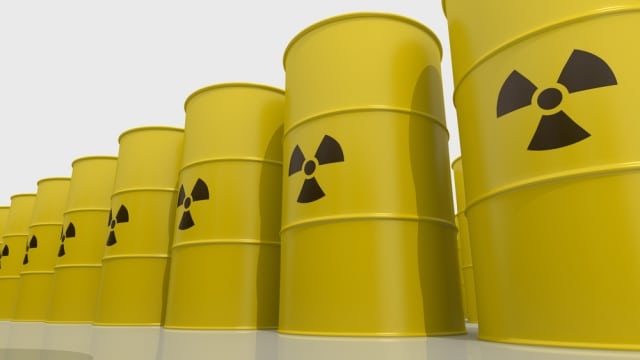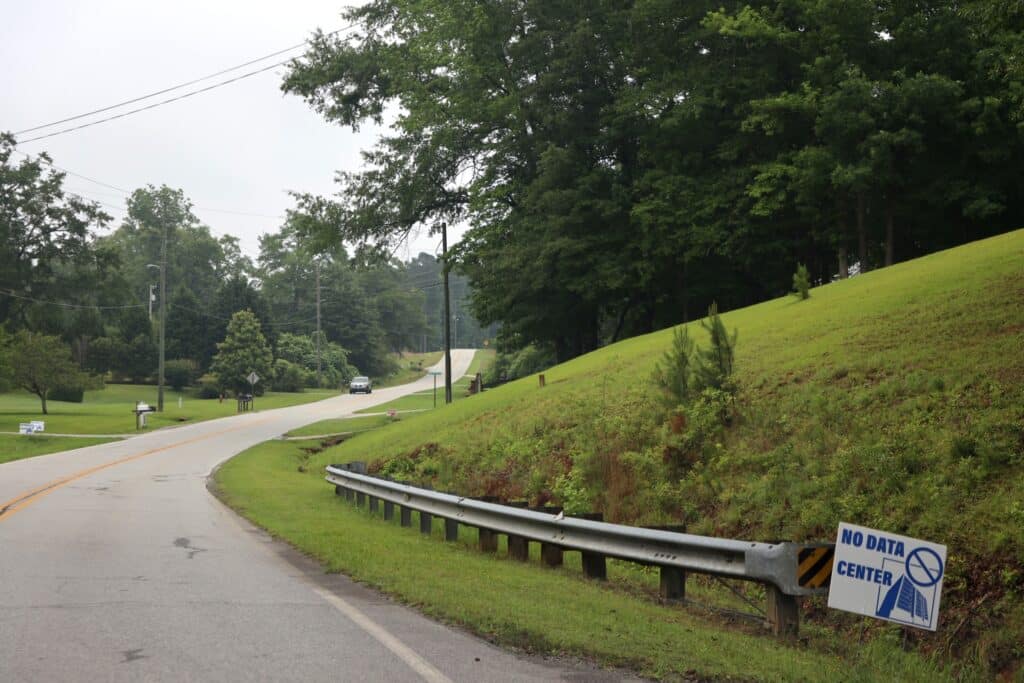Every year, fracking generates hundreds of billions of gallons of wastewater laced with corrosive salts, radioactive materials and many other chemicals. Because some of that wastewater winds up in rivers after it’s treated to remove dangerous contaminants, regulators across the U.S. have begun to develop testing regimens to gauge how badly fracking wastewater is polluted and how effective treatment plants are at removing contamination.
A newly published scientific study, however, shows that testing methods sometimes used and recommended by state regulators in the Marcellus region can dramatically underestimate the amount of radioactive radium in fracking wastewater.
These test methods can understate radium levels by as much as 99 percent, according to a scientific paper published earlier this month in Environmental Science and Technology Letters. The tests, both recommended by the Environmental Protection Agency for testing radium levels in drinking water, can be thrown off by the mix of other contaminants in salty, chemical-laden fracking brine, researchers found.
Not all the radium tests from the Marcellus region dramatically understate radioactivity. Many researchers, both public and private, have used a method, called gamma spectroscopy, that has proved far more reliable than the EPA drinking water method. But the results of the research serve as a warning to regulators in states across the U.S., as they make decisions about how to monitor radioactivity in fracking waste.
“People have to know that this EPA method is not updated” for use with fracking wastewater or other highly saline solutions, said Avner Vengosh, a geochemist at Duke University.
The team of scientists from the University of Iowa tested “flowback water,” the water that flows out from a shale well after fracking, using several different test methods. The EPA drinking water method detected less than one percent of radium-226, the most common radioactive isotope in Marcellus wastewater.
Several scientific studies have cited radium results obtained using the flawed test methods, including a widely-cited 2011 United States Geological Survey paper on radium from Appalachian gas wells, a 2012 paper which nonetheless found that radium levels in the wastewater were “commonly hundreds of times the US drinking water standards,” and a 2013 paper that sought to “guide water management strategies” by mapping where certain contaminants were most concentrated. Some of the flawed test results cited in these papers were provided by Pennyslvania state regulators.
The University of Iowa researchers also ran tests on a sample that was chemically similar to their fracking brine samples, but that had known amounts of radium added to the mix, and found that one method, gamma spectroscopy, proved vastly more reliable than other techniques. Gamma spectroscopy has long been considered the gold standard for this type of testing, and the new research helps confirm that method’s accuracy.
Since some fracking wastewater is sent through treatment plants that discharge into the rivers many Americans cities and towns draw drinking water from, accurately gauging how much radium is in the water before and after treatment is key to ensuring that radioactive fracking waste does not pollute public water supplies. In 2011, a front-page New York Times investigative report revealed that regulators in Pennsylvania had failed to adequately monitor radioactivity and other contamination in Marcellus waste, even though they knew it was being sent to ill-equipped waste treatment plants.
After that report came out, nearby New York state, where a moratorium on shale drilling has persisted since 2008, updated its draft review of fracking’s potential environmental impacts. In that 2011 review, New York state recommended using the EPA drinking water tests, often referred to as EPA methods 903 or 904, for use on flowback water. New York’s proposed fracking regulations, drafted based on that review, are currently silent on the methodology for fracking wastewater, though they do require gamma spectroscopy for testing solid waste.
No tests, regardless of methodology, have shown fracking wastewater on its own is so radioactive that simply being near it could cause harm to a person. For radioactivity to be dangerous at the levels found in fracking wastewater, a person must eat, drink or breathe in the radioactive materials, either directly or from contaminated fish. However, radioactive material can concentrate over time and levels can rise dramatically. For example, the sediments downstream from one Pennsylvania treatment plant were found to carry concentrated amounts of radium, enough to potentially pose a radioactivity exposure threat.
Prof. Michael Schultz of the University of Iowa, one of the researchers who conducted the new study, said that many experts in the field were already generally aware of the shortcomings of the EPA drinking water testing method.
This research could, however, raise awareness of the EPA tests’ shortcomings and prevent other states from adopting the recommendations from Marcellus-region regulators.
The paper, funded by the U.S. Nuclear Regulatory Commission and Environmental Management Solutions, comes soon after the discovery of low-level radioactive waste materials from the oil industry dumped in an abandoned gas station in Noonan, North Dakota.
That incident highlights the ways that states have not only struggled to find out exactly how badly fracking waste is contaminated, but also how they’ve struggled to prevent that waste from getting out into the environment.
That gas station was filled with more than 200 contractor bags filled with illegally dumped radioactive filters from oil and gas production.
The dump site drew national media attention. “The fact that North Dakota has no state plan for dealing with the tons of radioactive material they’re letting the drilling industry produce every day other than telling local cities and counties to charge people $1,000 a filter if they try to throw the stuff away, that genius system has now earned tiny Noonan, ND and this site the distinction of being five times as radioactive as a site as what humans are supposed to live with,” said Rachael Maddow in a nearly 15 minute segment on the incident.
But what’s received less attention is that the industry has also been caught 95 times trying to illegally dump radioactive waste in North Dakota between last January and this February, according to an Associated Press review. The total fines actually issued when these people were caught: zero dollars. They were simply told to promise to dispose of it properly.
Even when people are directly caught dumping fracking waste, penalties can be merely a slap on the wrist. Fracking wastewater has also been illegally dumped into public water supplies and accidentally spilled into rivers in streams. On March 20, an Ohio man was sentenced to 300 hours of community service and probation for illegally dumping oil and gas waste into a Mahoning river tributary.
Given the flaws in oversight and enforcement, some are skeptical that states can control the radioactive waste from fracking.
“[It’s] the worst illegal radioactive dump the state has seen yet,” Ms. Maddow said as she described the Noonan incident. “But nobody is expecting that it’s going to be the worst one forever.”
Photo Credit: Yellow Barrels Containing Radioactive Materials, via Shutterstock.
Subscribe to our newsletter
Stay up to date with DeSmog news and alerts







